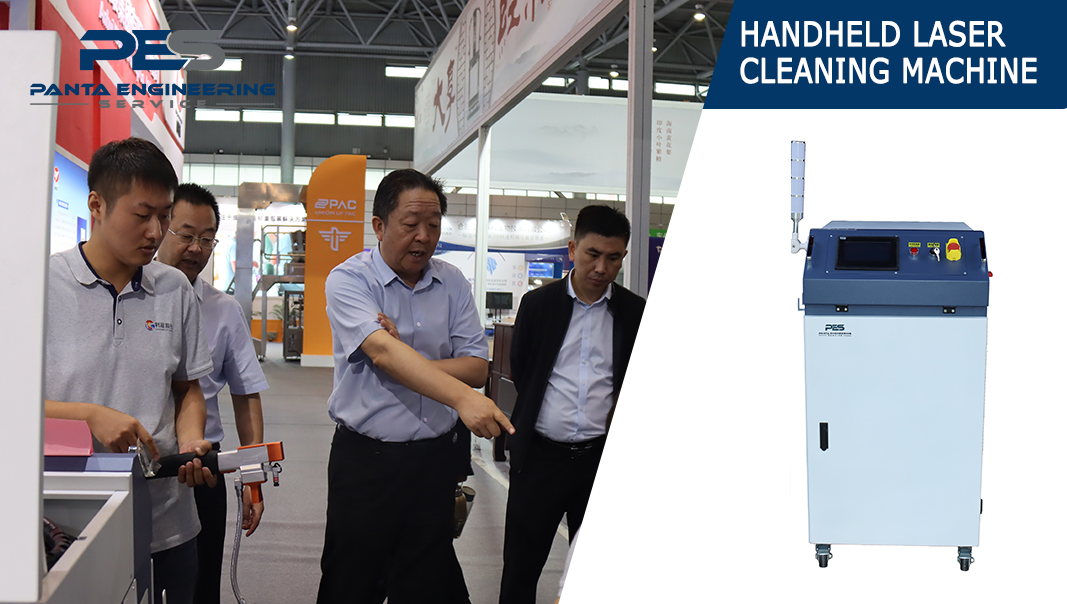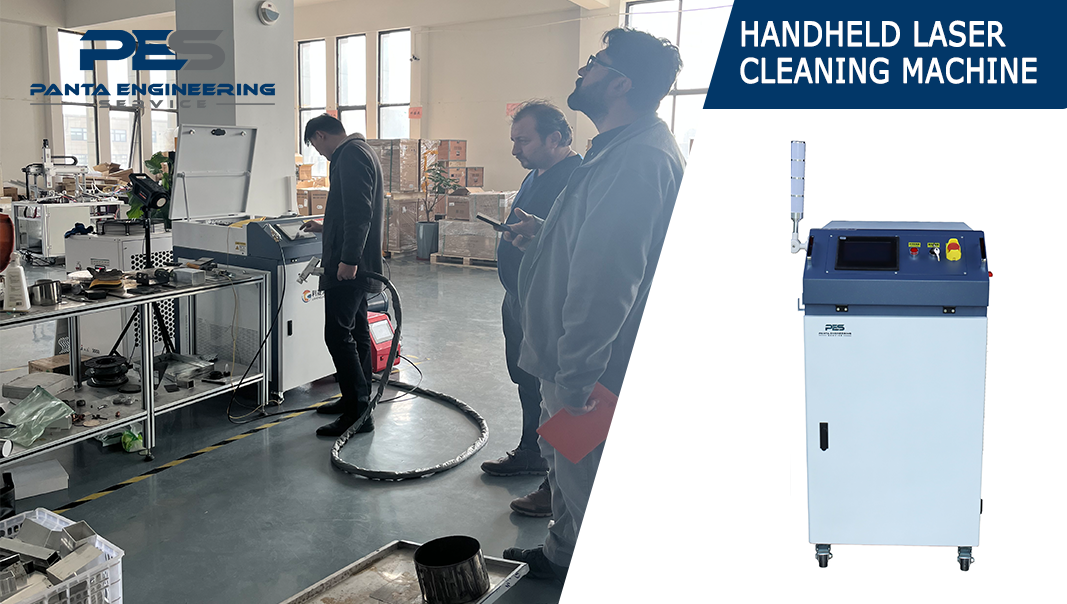Categories
New Blog
Before selecting the laser cleaning machine, you generally go through these steps....
Dec 13, 2023

In the high-end manufacturing industry, the processes of electroplating, phosphating, coating, welding, packaging, and integrated circuit assembly require the removal of surface oils, dust, rust, residual solvents, adhesives, and other contaminants to ensure the quality of the next process. With environmental protection becoming a global priority, laser cleaning has been widely applied in industries such as automotive, hardware, chips, and 3C.
So, how do you choose a suitable laser cleaning machine? Today, Laser Enthusiast has compiled this purchasing guide to help you navigate laser cleaning devices. Laser cleaning is a non-contact cleaning method. In principle, laser cleaning involves high-energy laser irradiation on the surface of the object to be cleaned. Through the combined action of rapid light vibration, vaporization, decomposition, and plasma detachment, contaminants are removed from the substrate, achieving surface cleaning.
Here are the 3 steps to selecting a laser cleaner:
1.What is the material of the product?
Before choosing a laser cleaning device, it is crucial to understand the material of the product that needs cleaning, such as engineering plastics, aluminum, steel, titanium, and other metal alloys. Also, determine the shape, structure, size, cleaning quantity, cleanliness requirements, and the subsequent process after cleaning.
2.What contaminants are on the workpiece surface?
Secondly, understanding the contaminants that need to be cleaned from the workpiece surface is essential. It is also important to determine whether there is a requirement for no damage to the substrate. This helps decide whether to use homogenous layer cleaning or heterogenous layer cleaning. Homogenous layer cleaning refers to removing contaminants of the same material as the substrate, commonly used in laser ablation and surface strengthening. Heterogenous layer cleaning is aimed at removing contaminants of different materials, which is often the case in cleaning processes such as removing residue from tire molds or oxidation layers from metal fixtures.

3.What type of laser is suitable?
After determining the information from the first two steps, you can choose the appropriate type of laser. In the field of laser cleaning, fiber lasers have become the preferred choice for laser cleaning sources due to their higher reliability, stability, and flexibility. Continuous fiber lasers and pulsed fiber lasers, the two main components of fiber lasers, firmly occupy leading positions in the market for macro-material processing and precision material processing, respectively.
The two types differ fundamentally in their application scenarios. For high precision applications where strict control of substrate temperature and non-damage to the substrate are required, such as molds, a pulsed laser is recommended. For larger steel structures, pipelines, etc., where the volume is large and heat dissipation is fast, and there is lower demand for substrate damage, a continuous laser can be chosen.